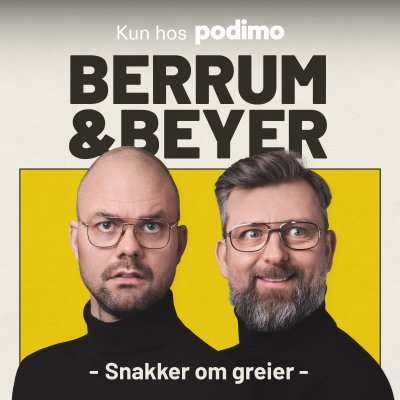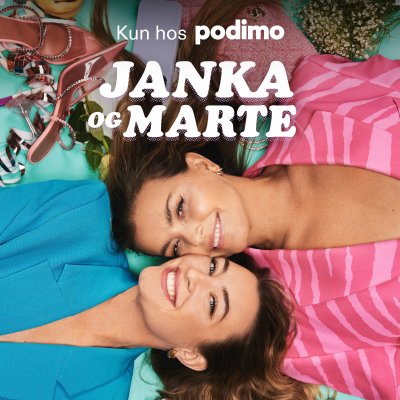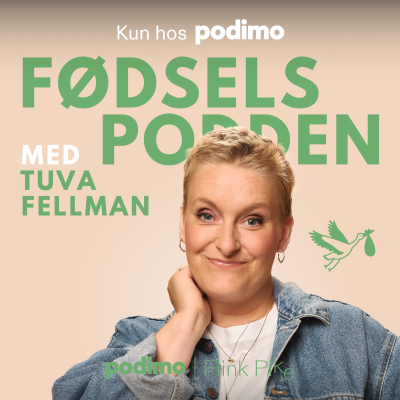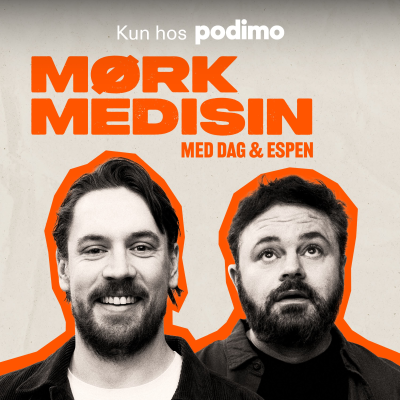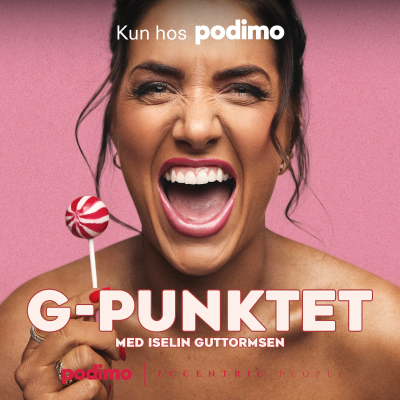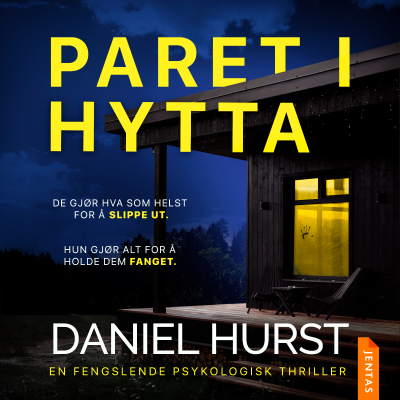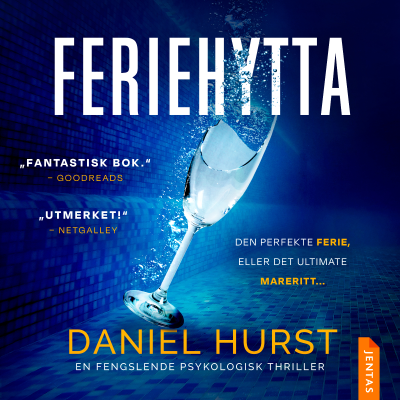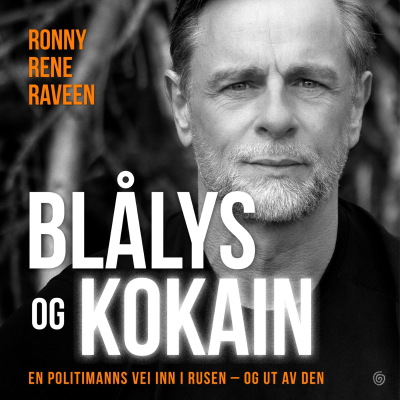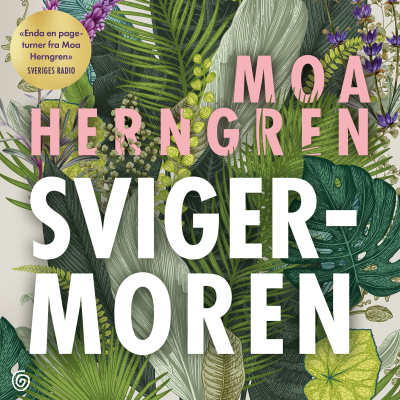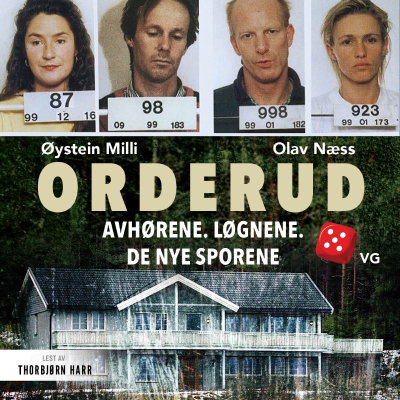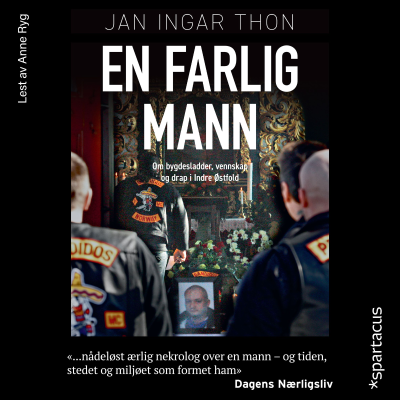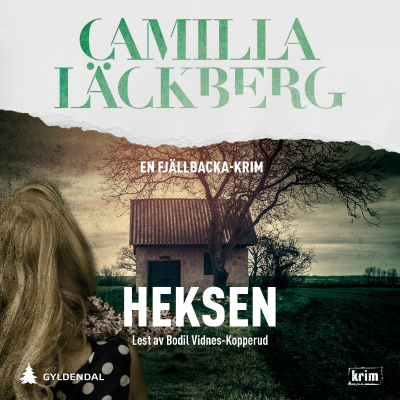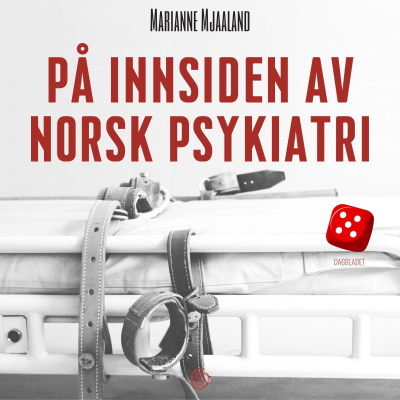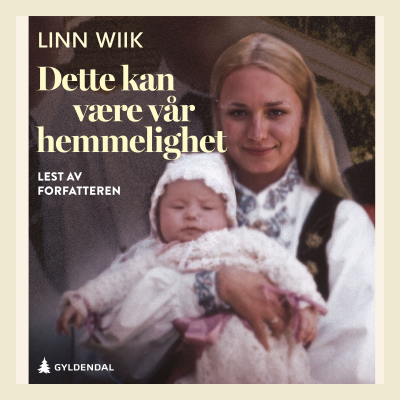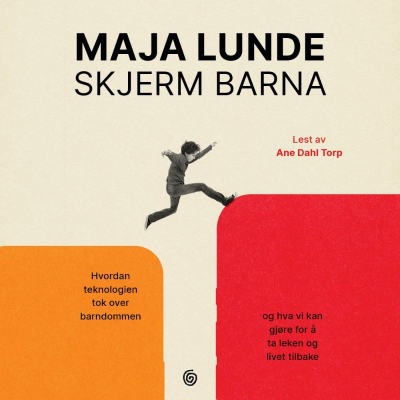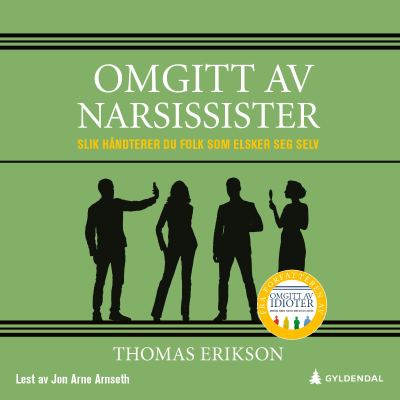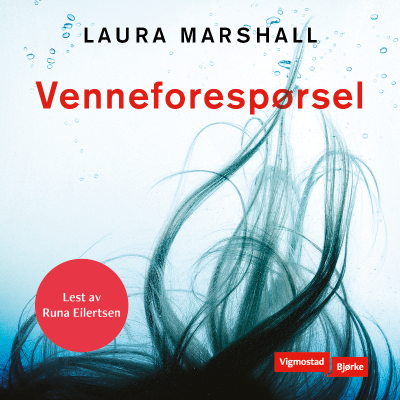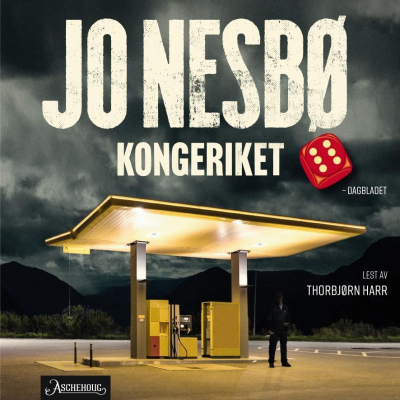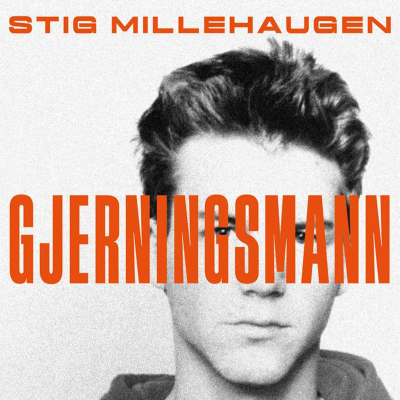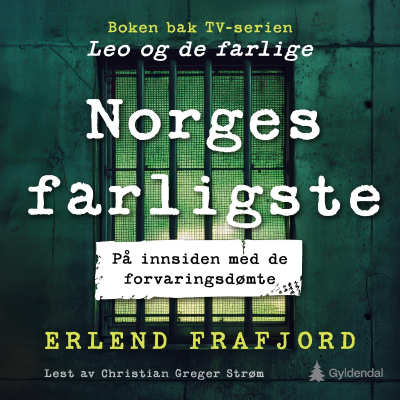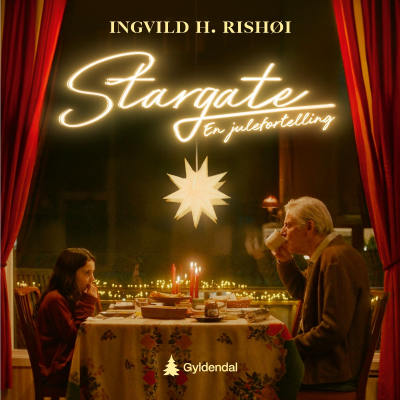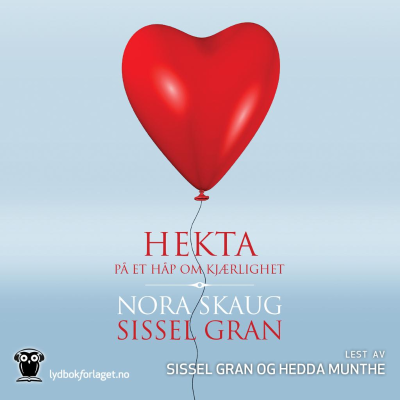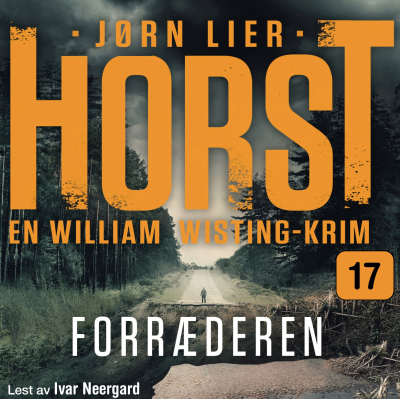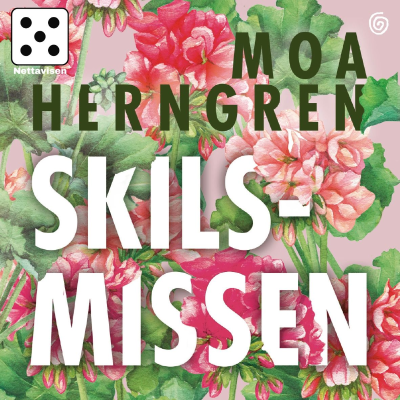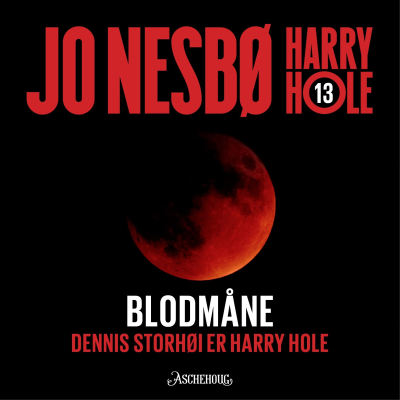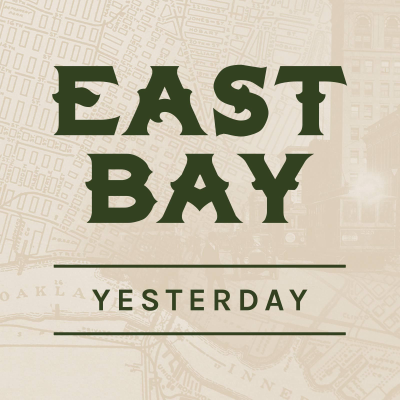
East Bay Yesterday
engelsk
Personlige historier og samtaler
Tidsbegrenset tilbud
1 Måned for 9 kr
Deretter 99 kr / MånedAvslutt når som helst.
- 20 timer lydbøker i måneden
- Eksklusive podkaster
- Gratis podkaster
Les mer East Bay Yesterday
East Bay history podcast that gathers, shares & celebrate stories from Oakland, Berkeley, Richmond and other towns throughout Alameda and Contra Costa Counties.
Alle episoder
138 Episoder“He wanted people to take risks”: An underdog movement’s astonishing rise
If you were born after 1990, it might be easy to think that the world has always had wheelchair ramps, closed captions, and bathroom stalls for people with disabilities. But none of those things existed until a few decades ago - and they all had to be demanded. Until a group of confrontational activists emerged out of Berkeley in the 1960s, it was legal to discriminate against people with disabilities. All that changed thanks to the radical students who built one of the most successful movements of the 20th century. Today’s episode features my interview with Scot Danforth, the author of “An Independent Man: Ed Roberts and the Fight for Disability Rights” (UC Press). Listen now to hear about how a man who couldn’t move his arms or legs changed laws, architecture, and society’s view on people with disabilities. To see photos and links related to this episode, visit: https://eastbayyesterday.com/episodes/he-wanted-people-to-take-risks/ Don’t forget to follow the East Bay Yesterday Substack for updates on events, boat tours, exhibits, and other local history news: https://substack.com/@eastbayyesterday Donate to keep this show alive: www.patreon.com/c/eastbayyesterday
“My neighborhood looks the same as it did 50 years ago”: What needs protection – and what needs to change?
Everyone has opinions on the Bay Area’s problems with housing, transit and public infrastructure, but Darrell Owens digs deep into the historical roots of these issues on his Substack “The Discourse Lounge.” When Darrell is analyzing a topic like gentrification, he doesn’t just start in the 1990s or 2000. He’ll go back more than a century, because, yes, the origins of our current demographic trends really do stretch that far. He also knows how to grab readers’ attention with headlines like “Why new apartments look ugly” and “Bay Area nightlife sucks – here’s how to fix it.” In addition to his writing, Darrell has been active with numerous “hands on” projects – from restoring long lost street neighborhood landmarks to installing “guerilla” bus benches at AC Transit stops lacking adequate seating. In this episode, Darrell and I discuss the origins of Nimby and Yimbyism, establishing criteria for historical preservation, the history of public housing, and much more. To see photos and links related to this episode, visit: https://eastbayyesterday.com/episodes/my-neighborhood-looks-the-same-as-it-did-50-years-ago/ Don’t forget to follow the East Bay Yesterday Substack for updates on events, boat tours, exhibits, and other local history news: https://substack.com/@eastbayyesterday Donate to keep this show alive: https://www.patreon.com/c/eastbayyesterday Special thanks to the sponsor of this episode: Berkeley Art Museum and Pacific Film Archive. To learn more about BAMPFA’s current exhibit “Lee ShinJa: Drawing with Thread,” visit: https://bampfa.org/program/lee-shinja-drawing-thread
“The ballroom communist”: How a radical aristocrat changed Oakland
How did Jessica Mitford go from being an elite British debutante to fighting on the front lines of America’s early civil rights struggles? While two of her older sisters befriended Adolph Hitler, Jessica came to Oakland, organized the first investigation into police brutality, helped desegregate all-white neighborhoods, and became a famous muckraking journalist. This astonishing tale is vividly told in Mimi Pond’s new graphic novel “Do Admit! The Mitford Sisters and Me” [Drawn & Quarterly]. Given America’s current context of rising fascism, government repression, and historical erasure, the timing of this book could not be more appropriate. Although one of her older sisters teasingly called Jessica a “ballroom communist,” her lifelong struggles for racial and economic justice illustrate a true commitment to solidarity. In addition to discussing The Mitfords, this episode also covers Pond’s earlier graphic novels about her career as an Oakland diner waitress in the late 1970s and early 80s. In “Over Easy” and “The Customer is Always Wrong,” Pond shares wild, behind-the-scenes memories of the sex-and-drug-fueled restaurant where she worked while trying to make it as an aspiring cartoonist. To see photos and links related to this episode, visit: https://eastbayyesterday.com/episodes/the-ballroom-communist/ Don’t forget to follow the East Bay Yesterday Substack for updates on events, boat tours, exhibits, and other local history news: substack.com/@eastbayyesterday Donate to keep this show alive: www.patreon.com/eastbayyesterday
“We let everybody throw it away”: How garbage worked before corporations took over
In recent years, volunteer-led groups like Urban Compassion Project have struggled to deal with illegal dumping in Oakland. Despite removing more than half a million pounds of trash this year, piles of garbage continue to plague our streets. How did this problem get so bad and why is it so hard to fix? As usual, I turned to history for answers. Before Waste Management took over in 1986, trash collection was handled by the worker-owned Oakland Scavenger Company, a business founded by Italian immigrants more than a century ago. For this episode, I spoke with several retired third-generation garbage men: Robert Biasotti and the Muzio brothers – Tony, Dino, and Mike. I also unearthed a 1981 interview with Ed Lavagetto, whose father was one of the original Oakland Scavenger partners. These conversations revealed not only a totally different system of trash collection, but a story that illuminates so many changes in American culture. It’s a story of poor immigrants grinding their way into the middle class. It’s the story of why Temescal, now one of Oakland’s trendiest neighborhoods, used to be called Little Italy. It’s a story of an old world mentality clashing with new values ushered in by the Civil Rights era… and it’s also a story of what’s been lost as mega-corporations have risen to dominance. To see photos and links related to this episode, visit: https://eastbayyesterday.com/episodes/we-let-everybody-throw-it-away/ Don’t forget to follow the East Bay Yesterday Substack for updates on events, boat tours, exhibits, and other local history news: https://substack.com/@eastbayyesterday Donate to keep this show alive: www.patreon.com/eastbayyesterday
Fighting fascism can be fun: La Peña celebrates 50 years of creative struggle
In 1973, Chile’s democratically elected socialist president Salvador Allende was toppled by a right-wing military coup led by General Augusto Pinochet. As news of the brutal repression that followed spread around the globe, a group of activists in Berkeley opened a cafe to serve as a hub of organizing against Pinochet’s fascist regime. Modeled after gathering spaces in Chile that combined music, food, art, and politics, La Peña emerged as a hotbed of leftist internationalism. Over the years, La Peña evolved along with a changing political landscape. Besides hosting countless international activist groups, the space became a hub for Native American organizations, Latin American music lovers, hip hop, poetry, muralists, and more. In 2025, as La Peña celebrates its 50th anniversary, the United States is faced with a crisis Chile confronted decades ago: How do we respond to the dismantling of democracy by an authoritarian government? This episode weaves together the history of La Peña with America’s current dilemma. Listen to the podcast to hear interviews with La Peña co-founder Eric Leenson, longtime director Paul Chin, and current executive director Consuelo Tupper. https://lapena.org/ To see photos related to this episode, visit: eastbayyesterday.com/episodes/respect-the-patch/ Don’t forget to follow the East Bay Yesterday Substack for updates on events, boat tours, exhibits, and other local history news: eastbayyesterday.substack.com/ Donate to keep this show alive: www.patreon.com/eastbayyesterday
Velg abonnementet ditt
Tidsbegrenset tilbud
Premium
20 timer lydbøker
Eksklusive podkaster
Gratis podkaster
Avslutt når som helst
1 Måned for 9 kr
Deretter 99 kr / Måned
Premium Plus
100 timer lydbøker
Eksklusive podkaster
Gratis podkaster
Avslutt når som helst
Prøv gratis i 14 dager
Deretter 169 kr / month
1 Måned for 9 kr. Deretter 99 kr / Måned. Avslutt når som helst.
